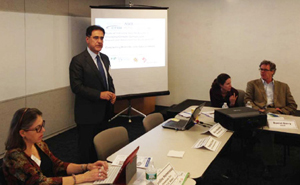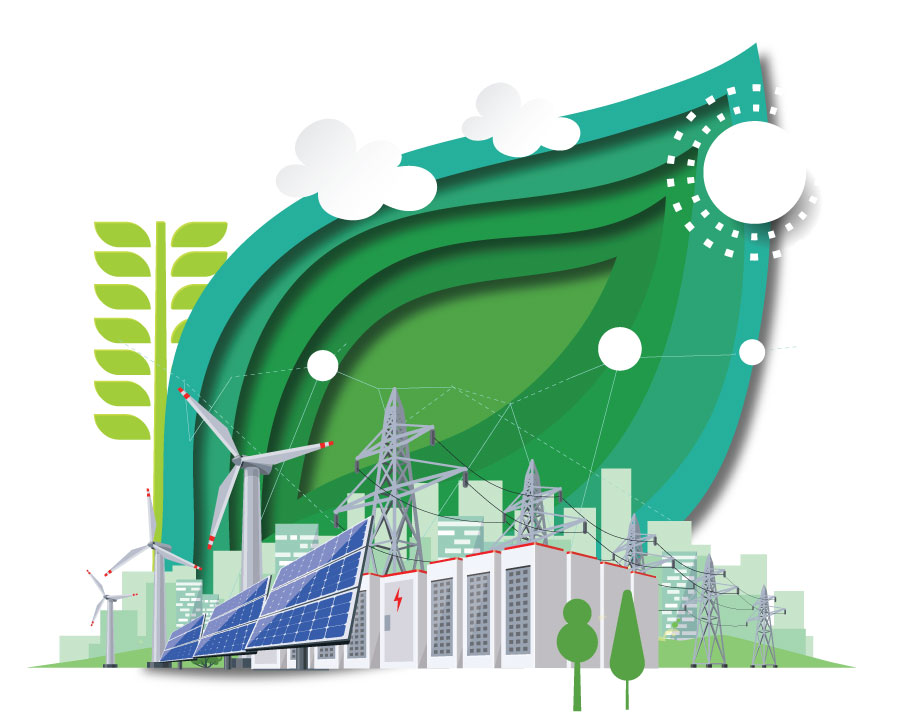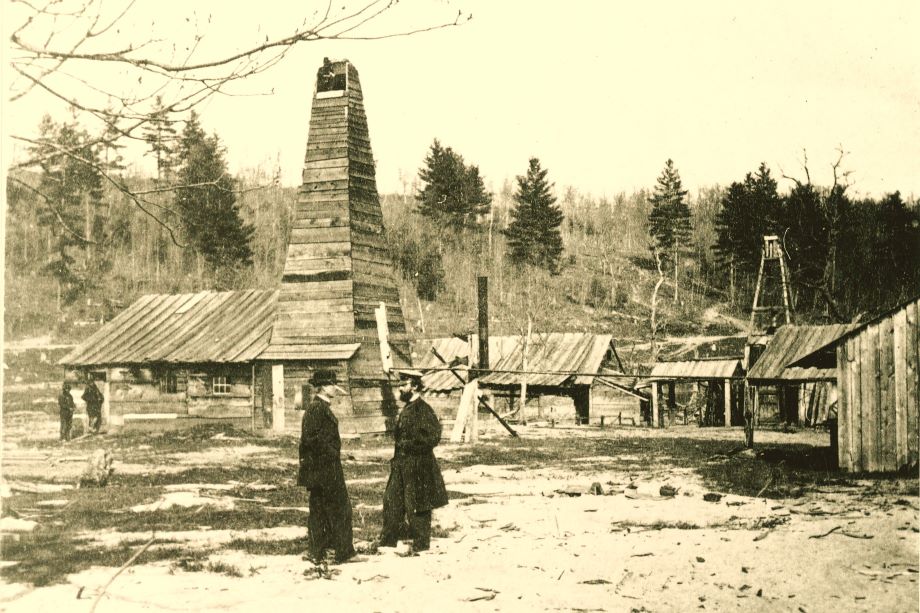Risk Symposium Report Now Available
Risk Symposium Report Now Available

In late April, more than 50 leaders from the scientific, engineering and planning communities took part in a symposium in Washington, D.C., in order to develop a better understanding of the risks related to extreme storms caused by climate change. A report detailing some of the conclusions reached by these experts is now available on ASME.org.
The symposium, titled "Analyzing Risks of Extreme Storms and Temperatures Due to a Changing Climate: Impacts and Adaptation for Washington Metropolitan Area," was sponsored by the ASME Center for Research and Technology Development (CRTD) Research Committee on Risk Technology and the American Society of Civil Engineers (ASCE) Council on Disaster Risk Management, in cooperation with the District of Columbia's Department of the Environment and Office of Planning, along with the University of Delaware and the University of Maryland.
The workshop was motivated by recent severe weather incidents including Hurricane Sandy, which caused severe damage to the Eastern seaboard last fall, and the more than a dozen weather-related disasters — each causing more than $1 billion in damage — that occurred in 2011. Using Washington, D.C., as a case study, the event's participants discussed global climate change predictions; obtaining predictions at the local level; and the concepts behind risks, resilience and prediction uncertainty.
Speakers during the daylong program included Bilal Ayyub and Michael Kearney of the University of Maryland; James Lambert from the University of Virginia; Frank Lombardo of Rensselaer Polytechnic Institute; Sydney Levitus and Adam Parris from the National Oceanic and Atmospheric Administration; Thomas Cronin of the U.S. Geological Survey; Harriet Tregoning of the D.C. Office of Planning; Brendan Shane of the District Office of the Environment; and Brian Baker, chief of staff at the D.C. Homeland Security and Emergency Management Agency.
A number of recommendations resulting from the symposium discussions were highlighted in the report, including:
- Cooperation between federal agencies, local government, private and public utilities, businesses, non-governmental organizations and members of the general public is essential to effectively adapt to weather disasters caused by climate change;
- Emergency preparedness will remain a fundamental tool in dealing with extreme storms, and that public education and communication is vital to ensure this preparedness;
- Cost/benefit studies, including the consequences of taking no action, should be conducted to guide the selection and implementation of adaptation measures; and
- The need for coordinated programs in the metropolitan Washington, D.C., area, including levees and storm water storage and treatment.
According to the report, ASME and ASCE plan to publish a monograph to include papers prepared by the symposium's invited speakers, panelists and attendees. The symposium's participants are also considering forming a focus group to facilitate the exchange of information as well as the informal coordination of federal programs and state, community and academic efforts.
Visit the Research Committee on Risk Technology Group page on ASME.org, https://community.asme.org/research_committee_risk_technology/w/wiki/3829.about.aspx, to download a copy of the full report. To learn more about the ASME Center for Research and Development, visit the CRTD Group page on ASME.org at https://community.asme.org/center_for_research_and_technology_development/w/wiki/5582.about.aspx.




